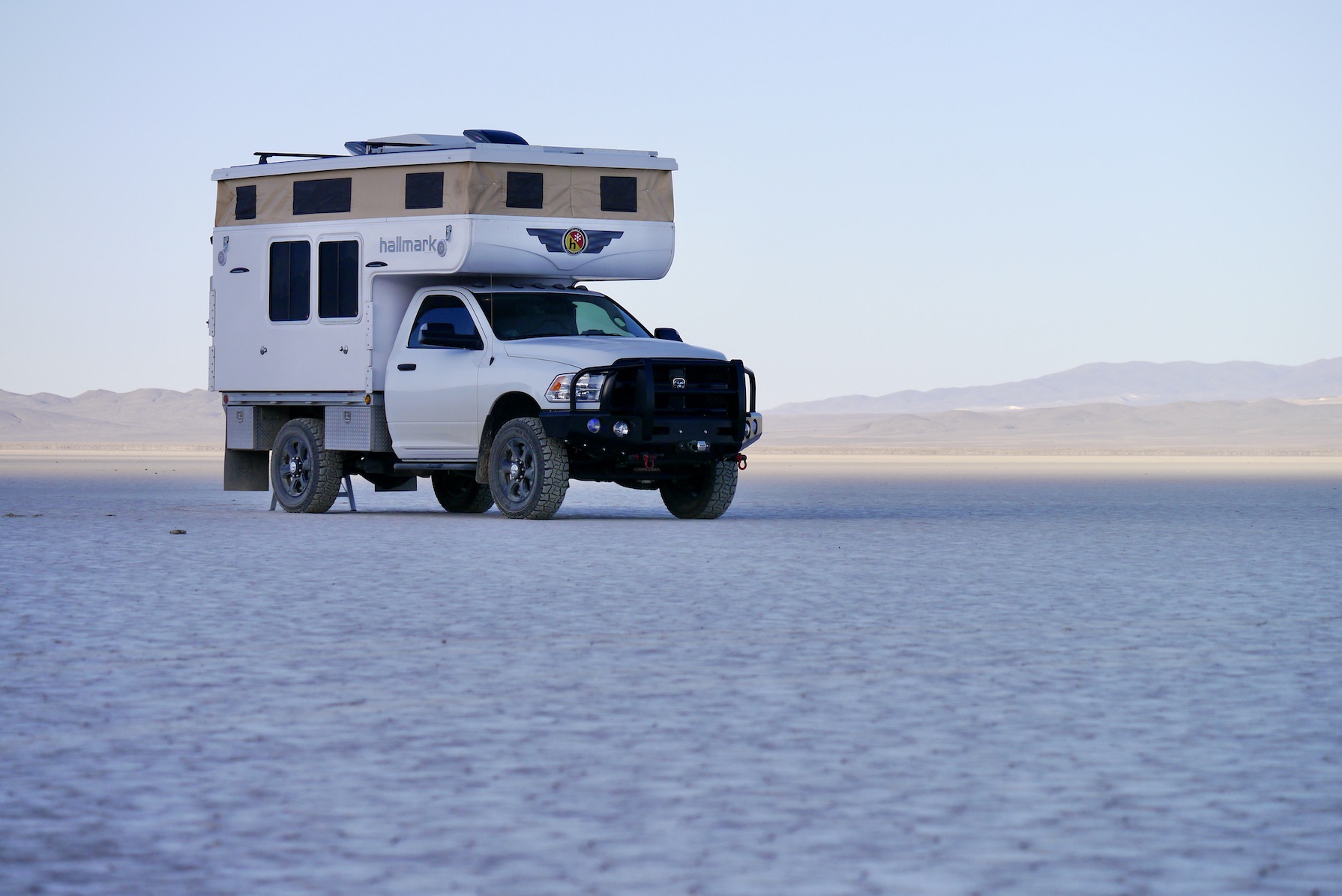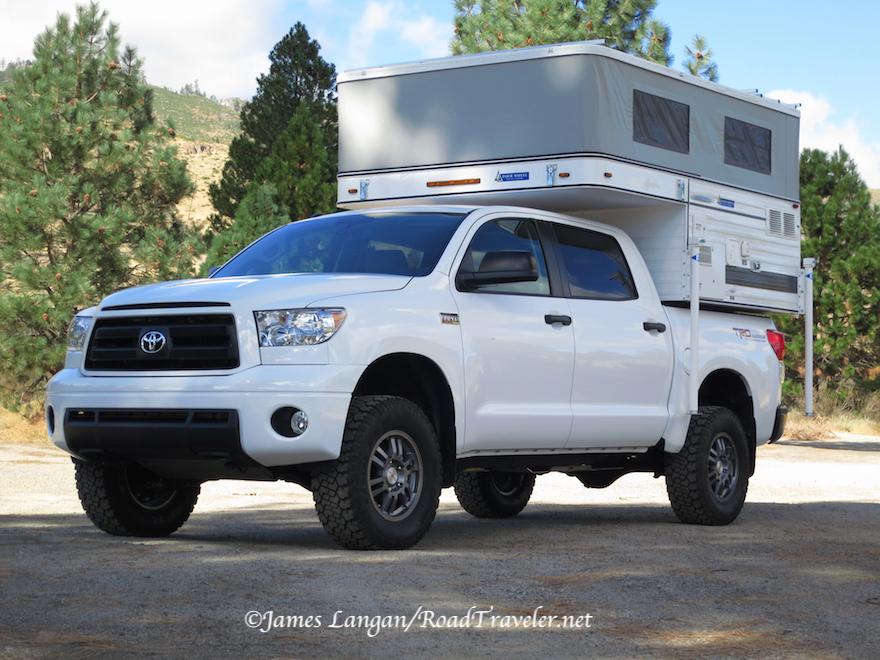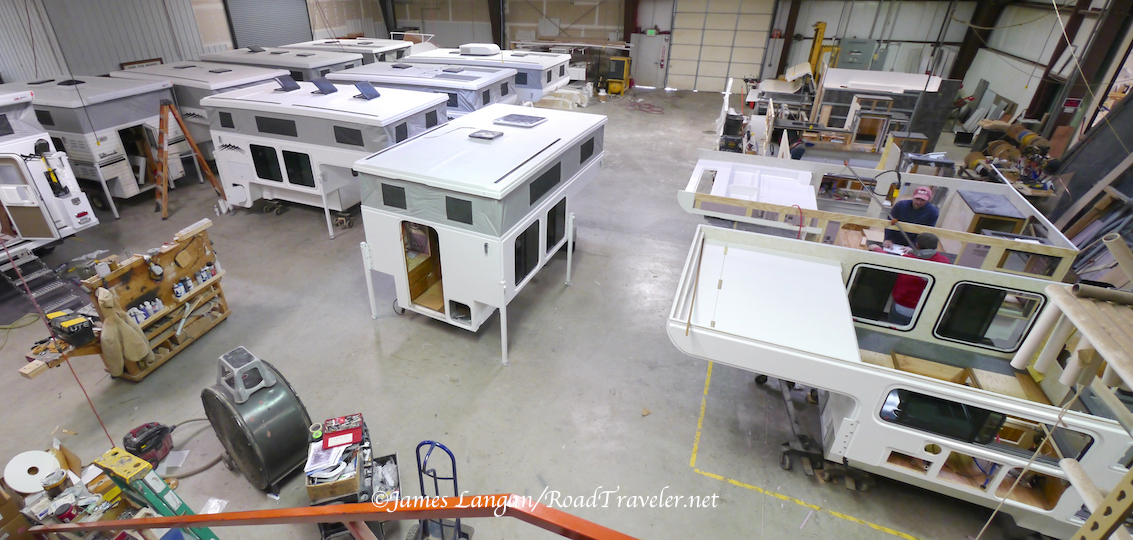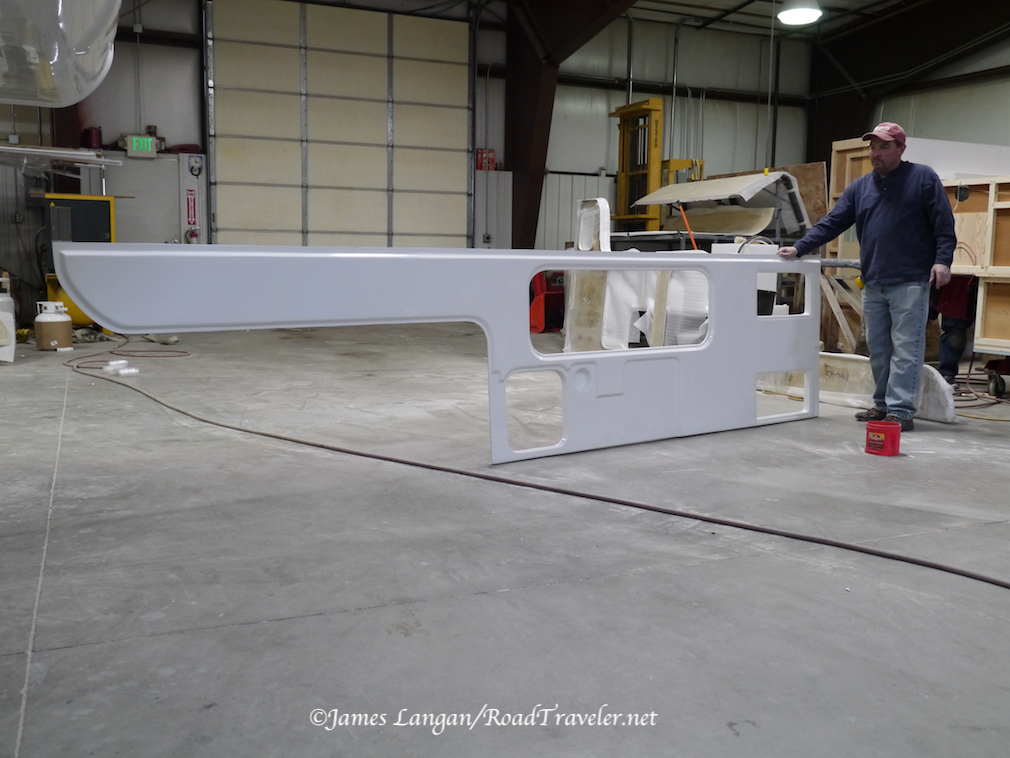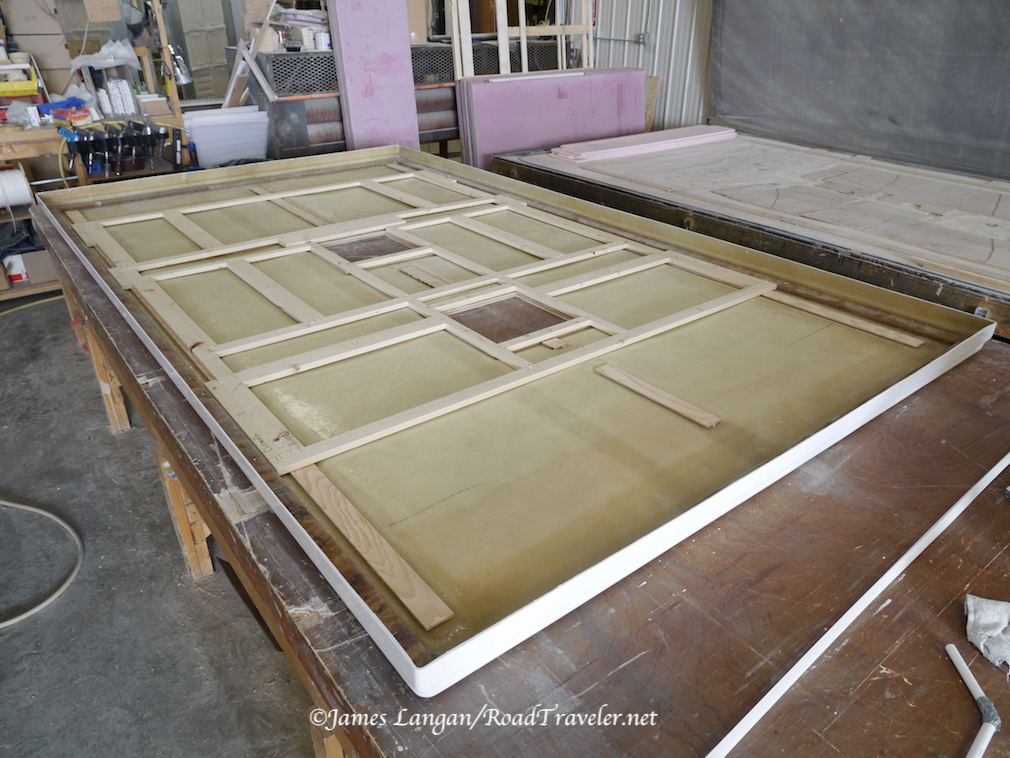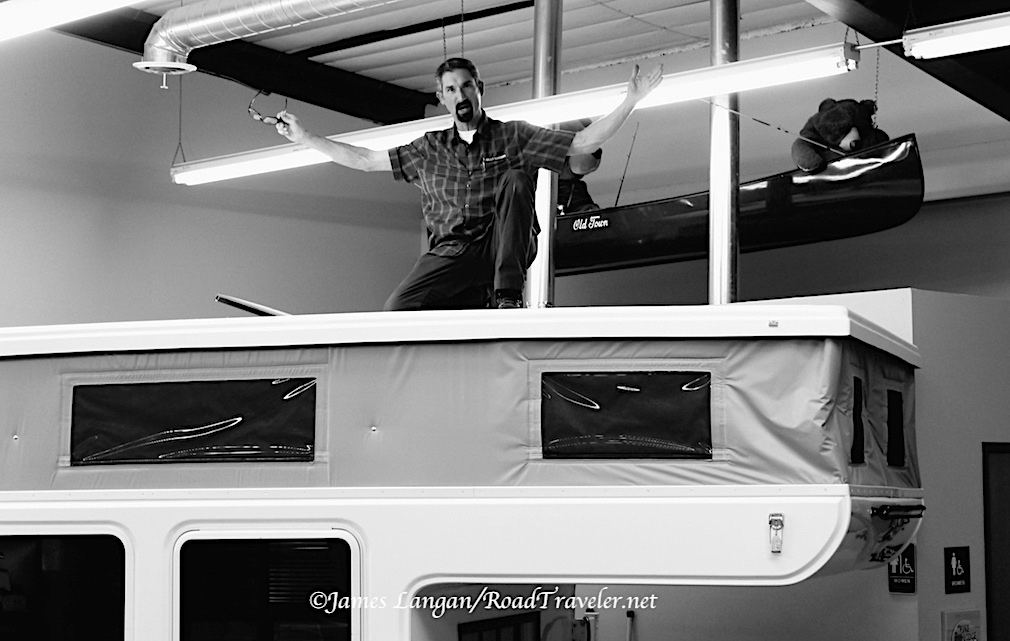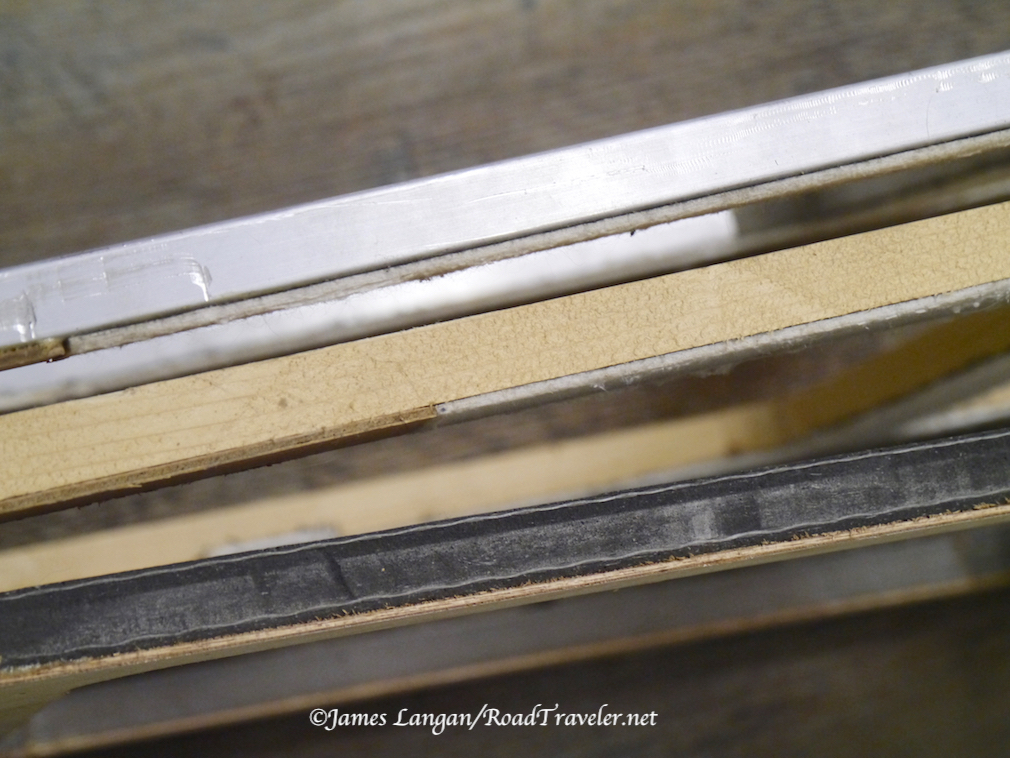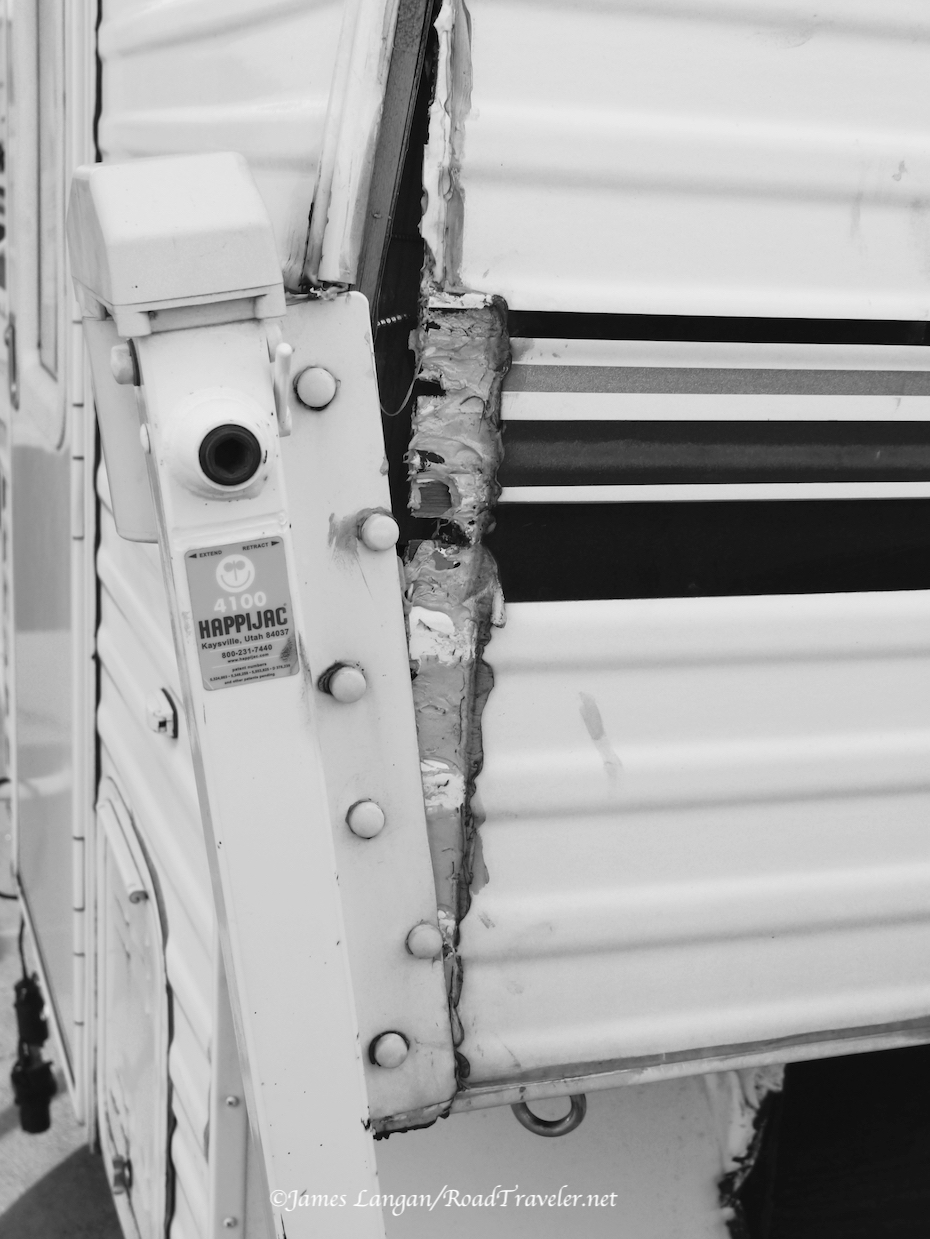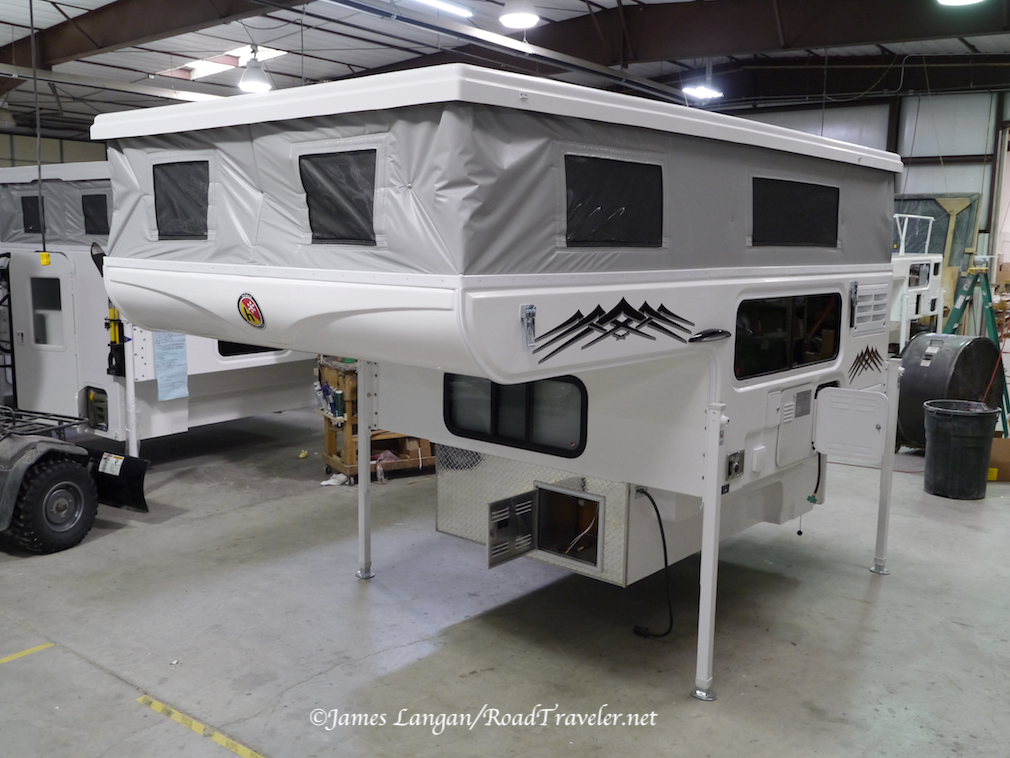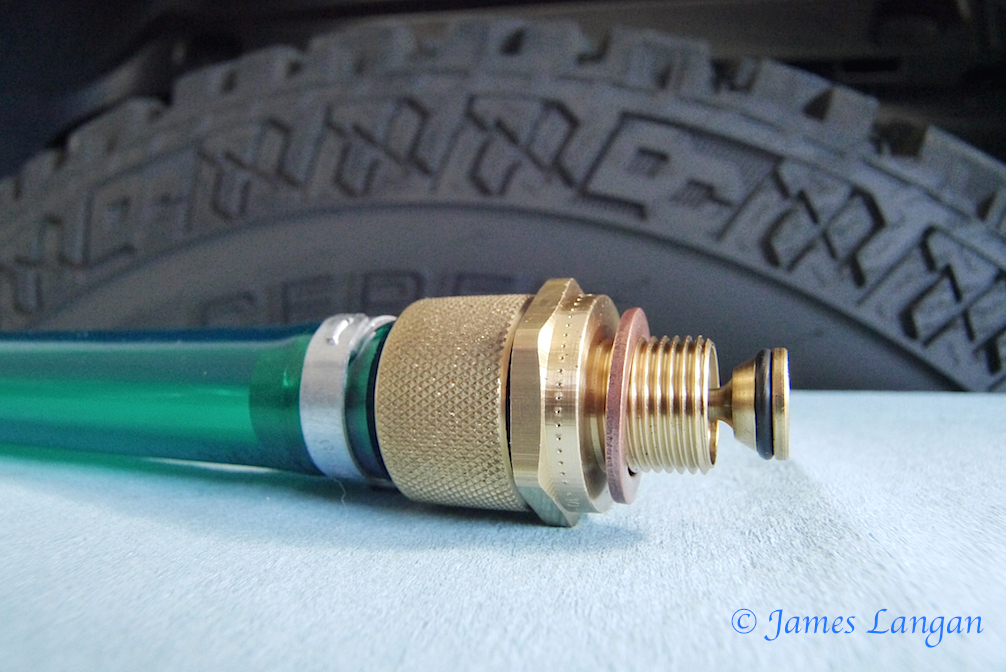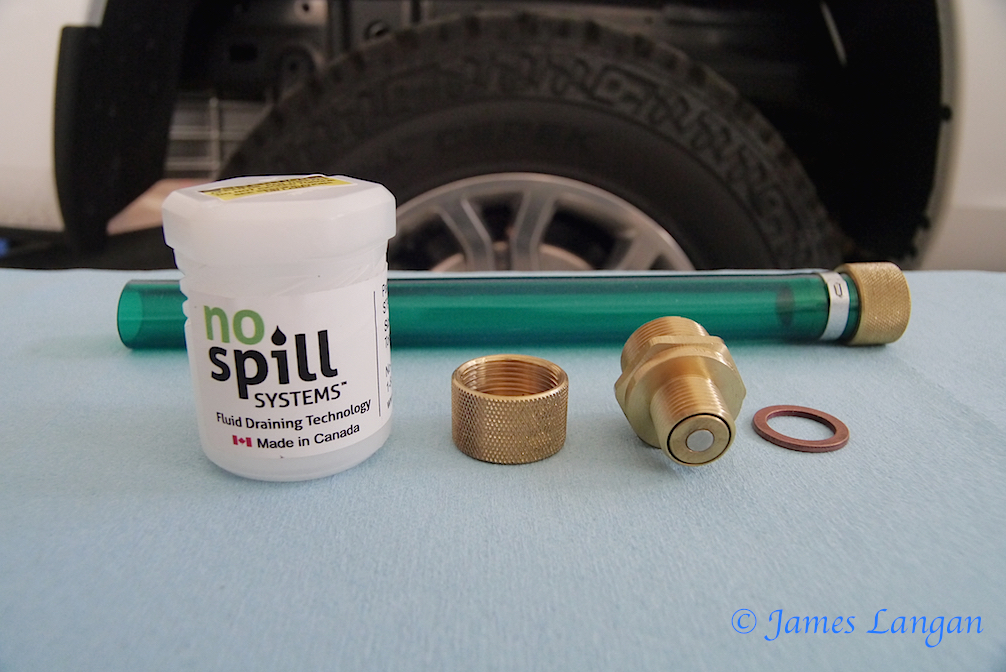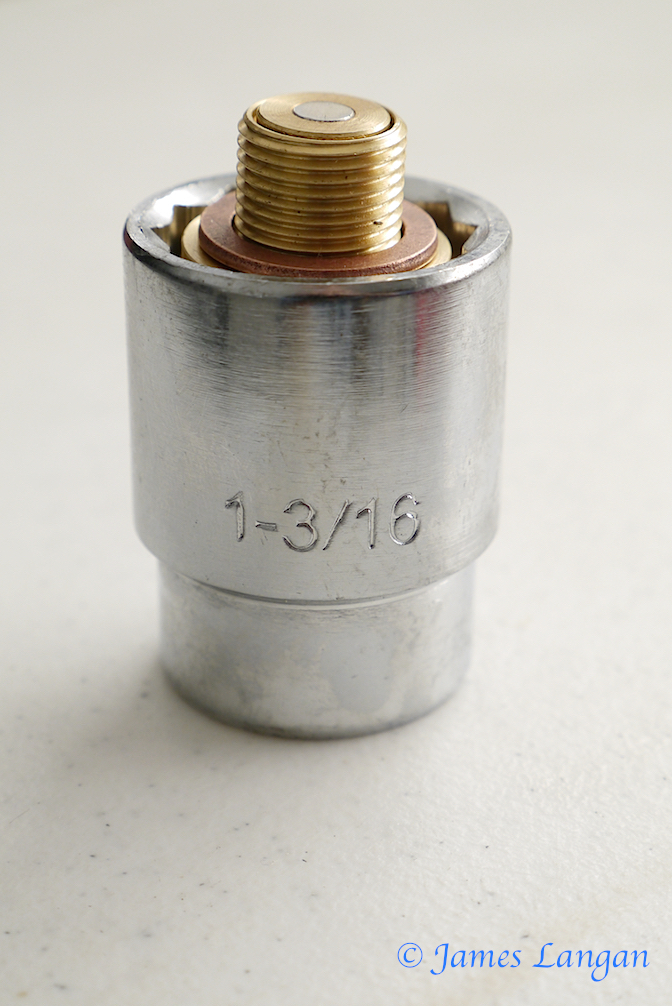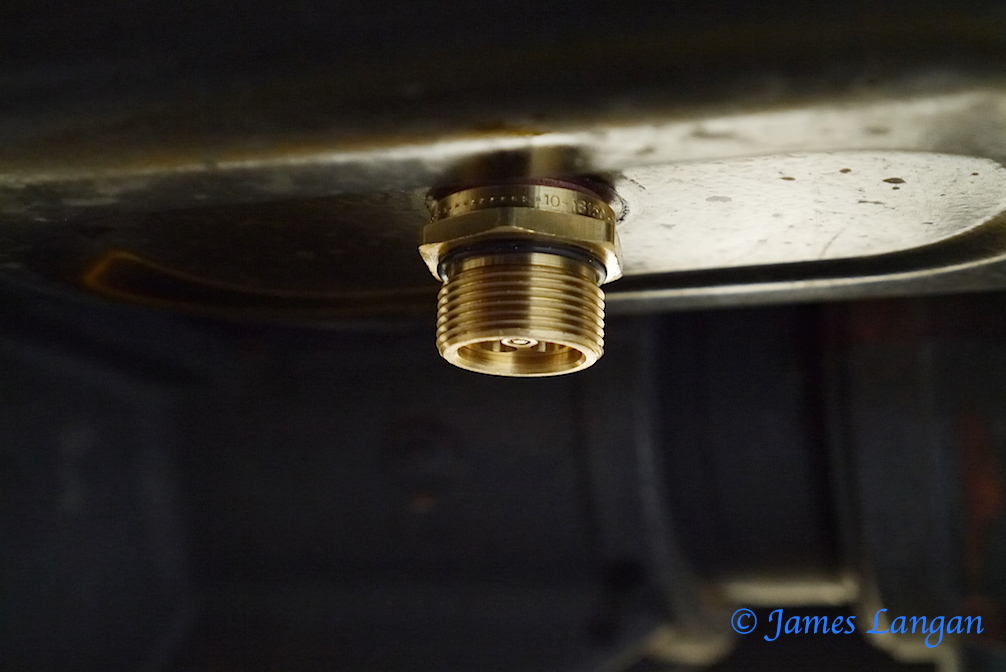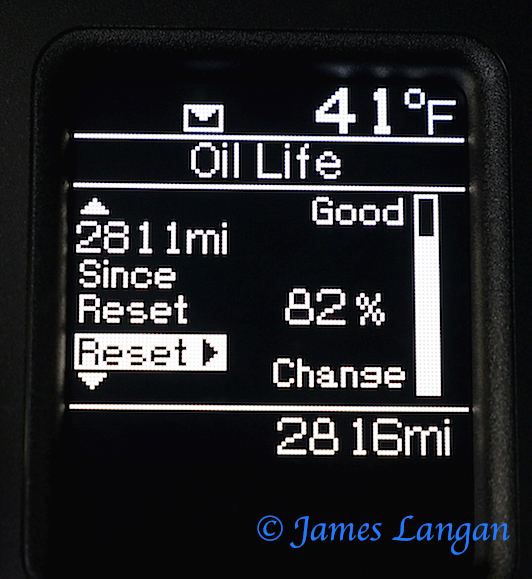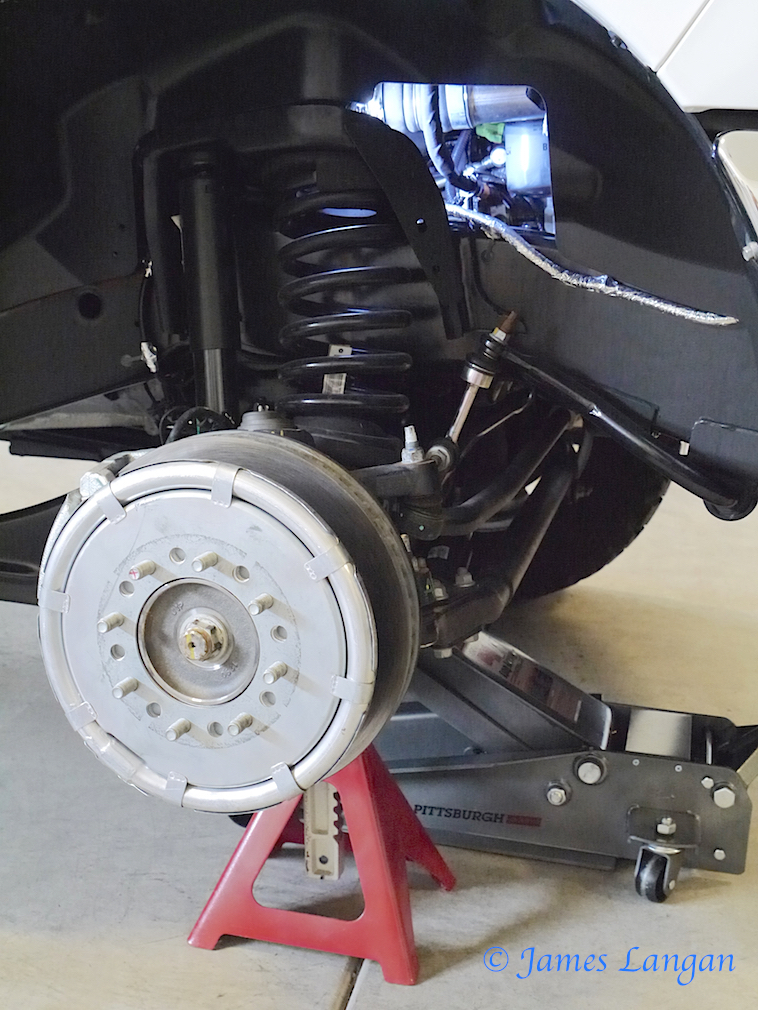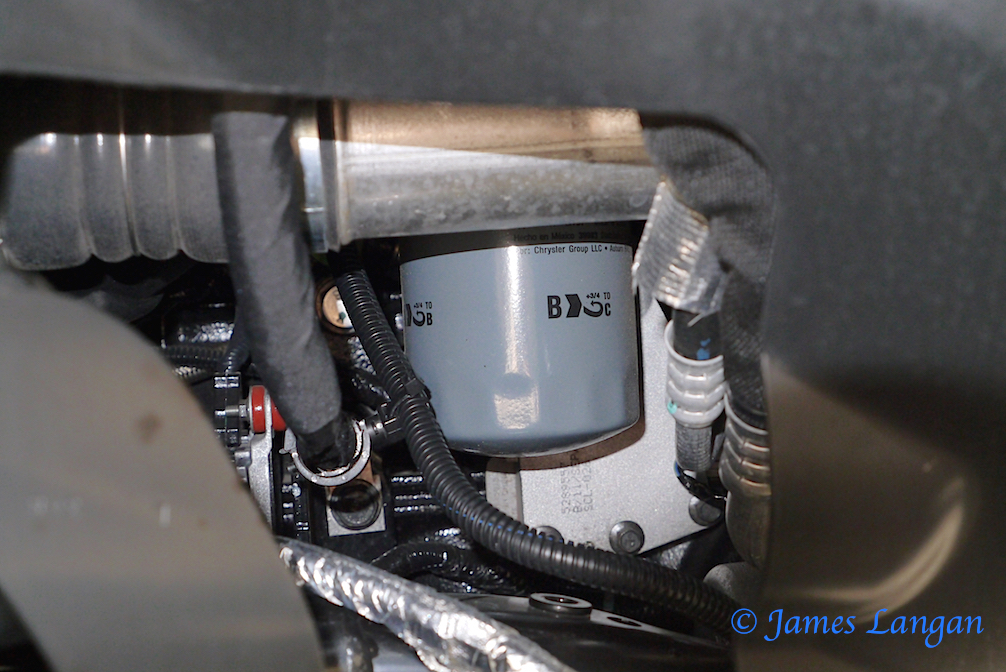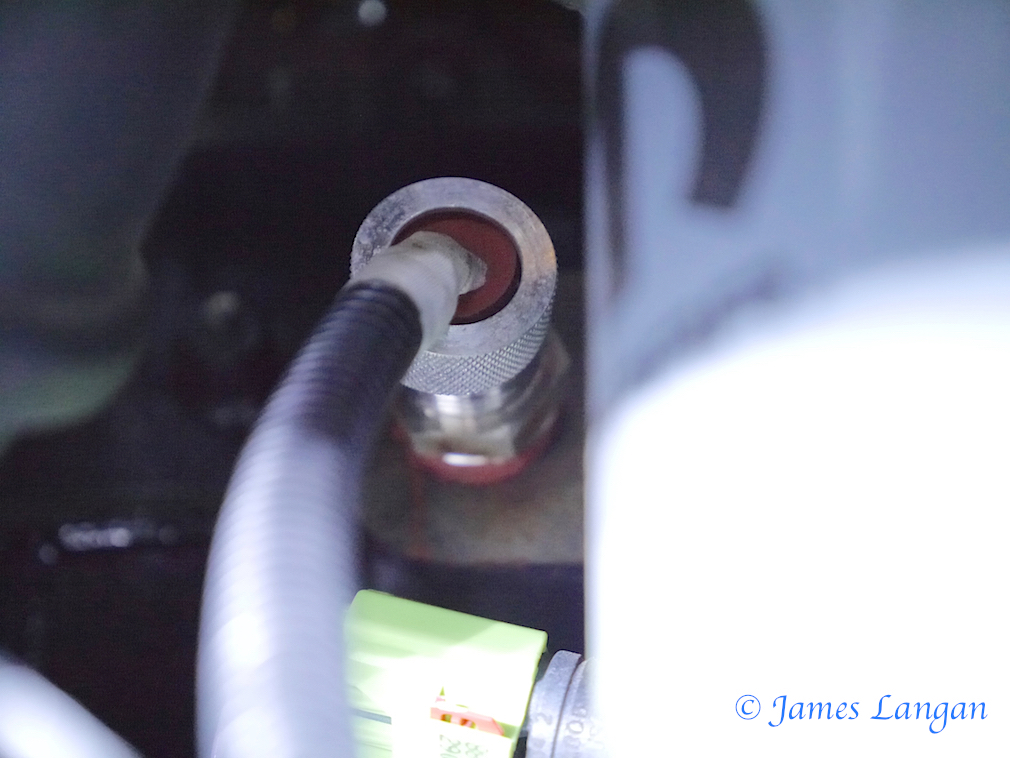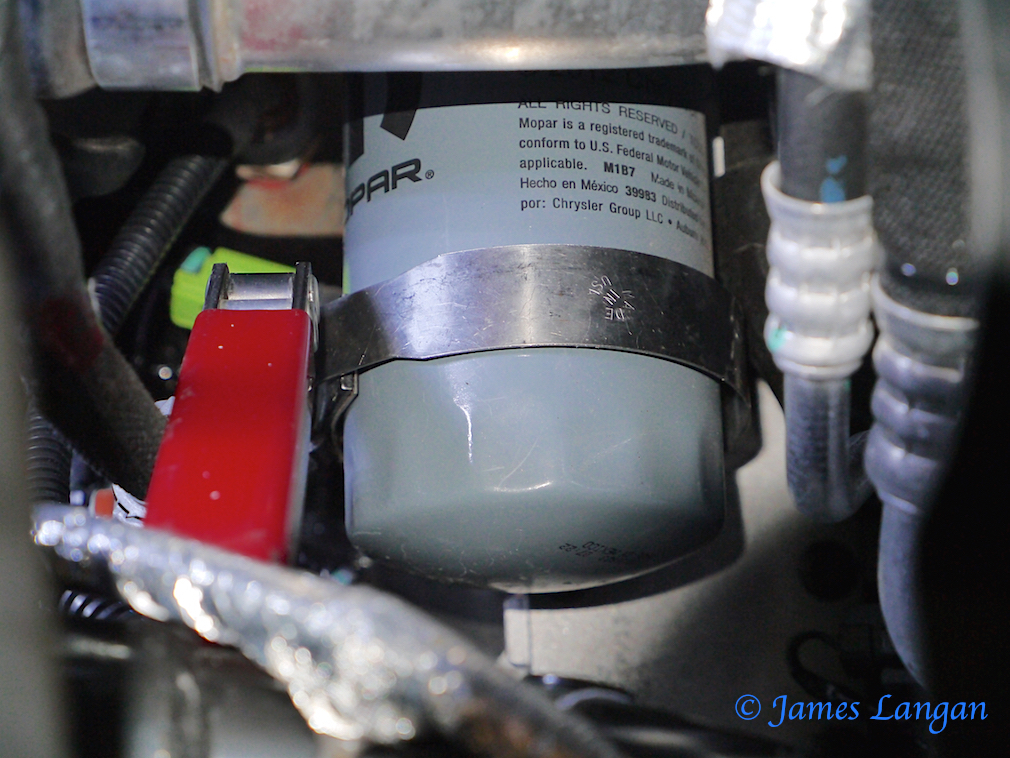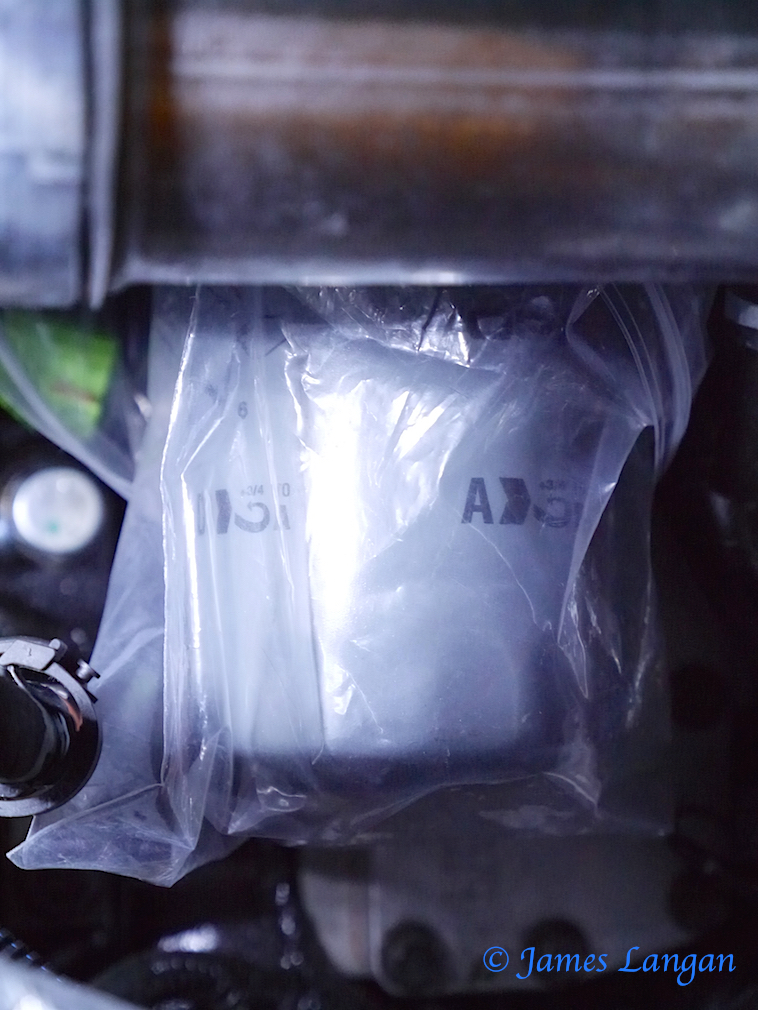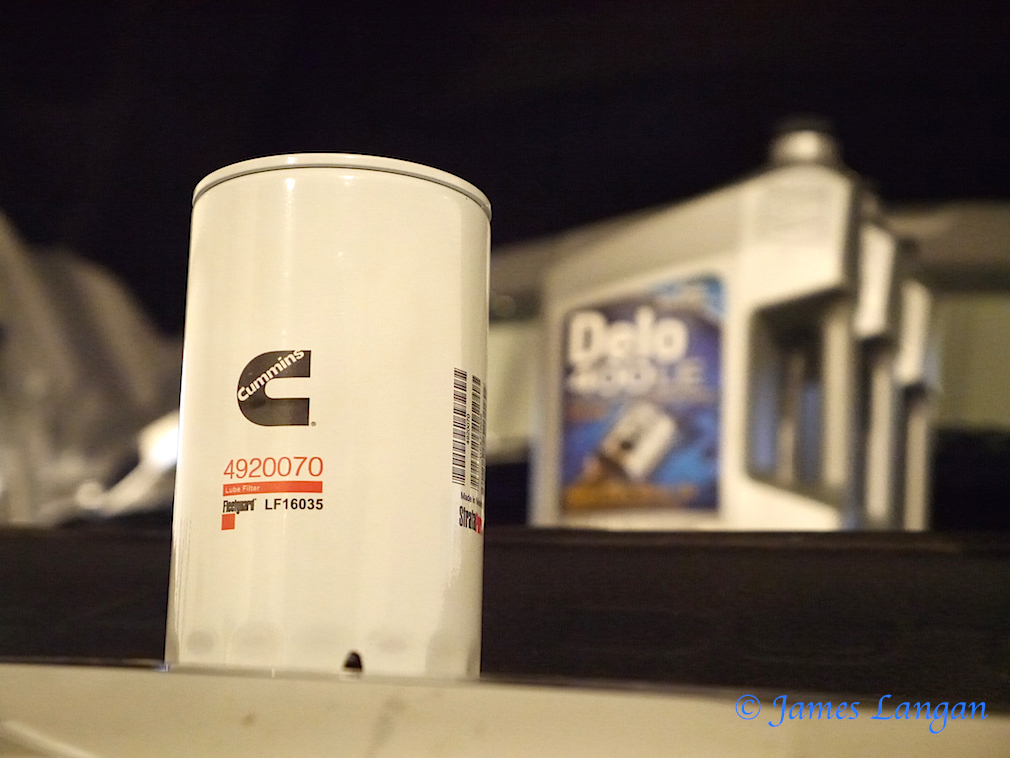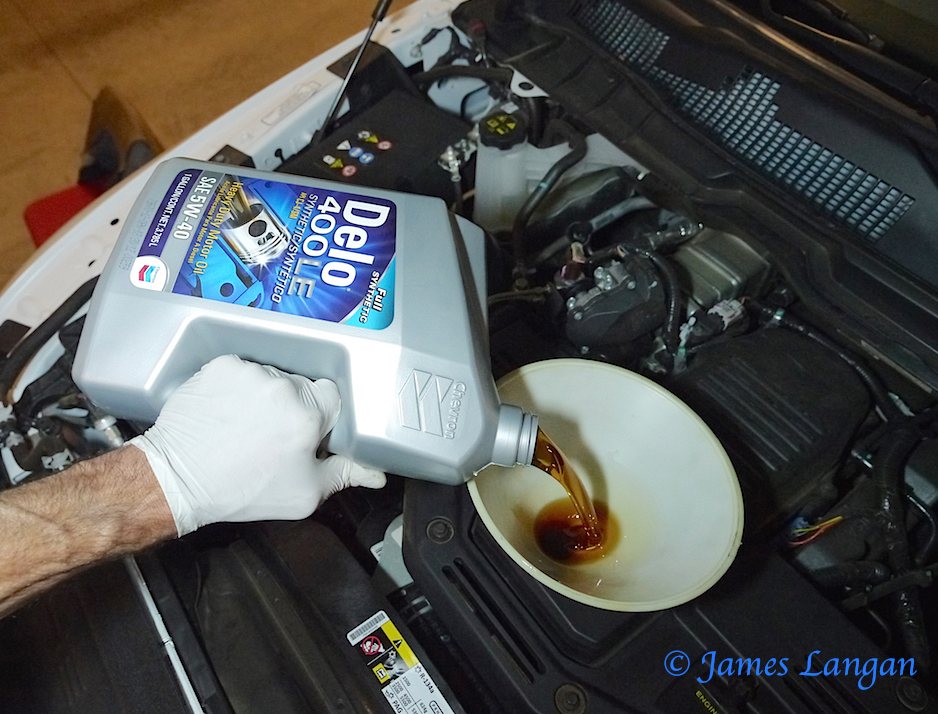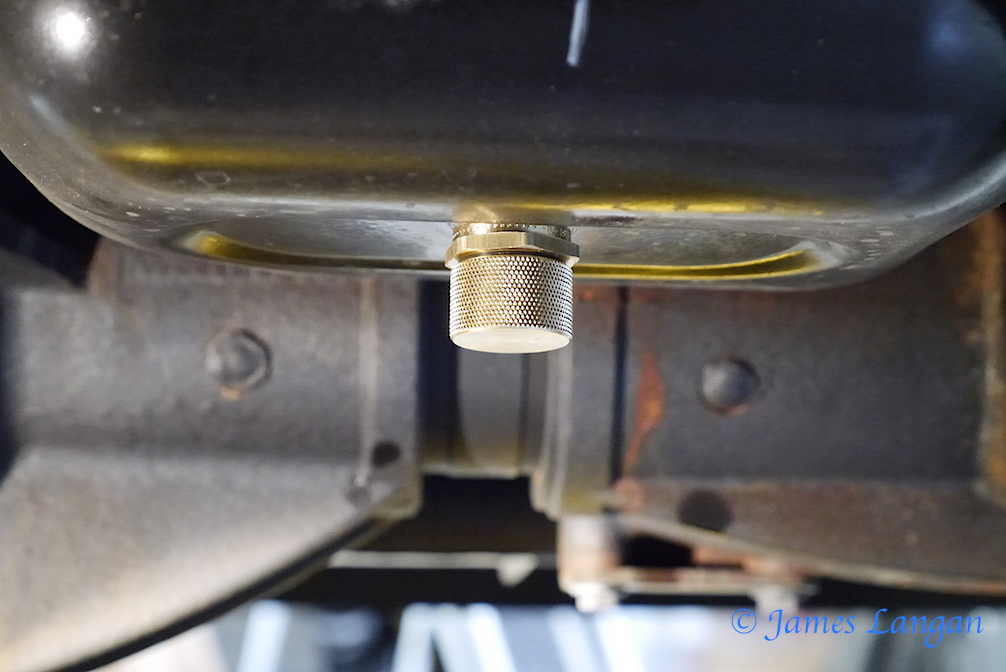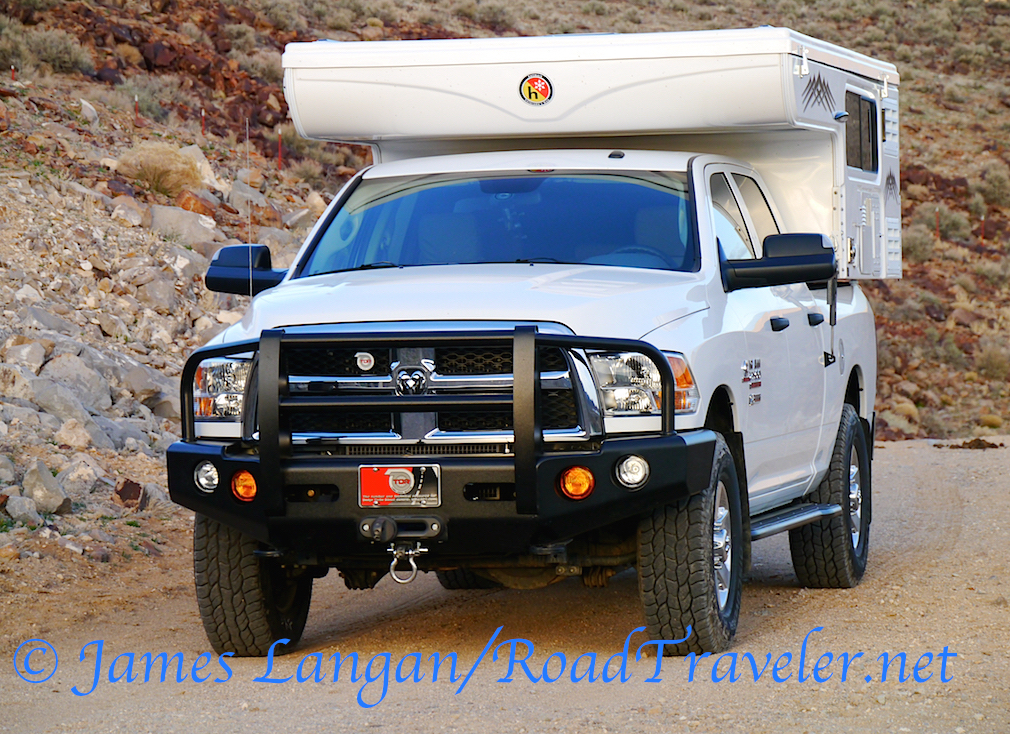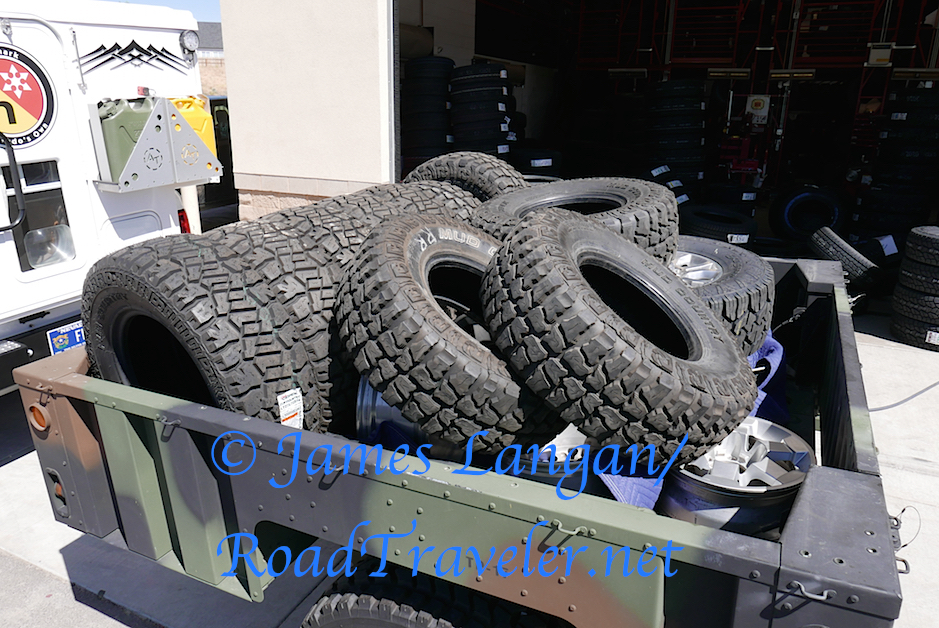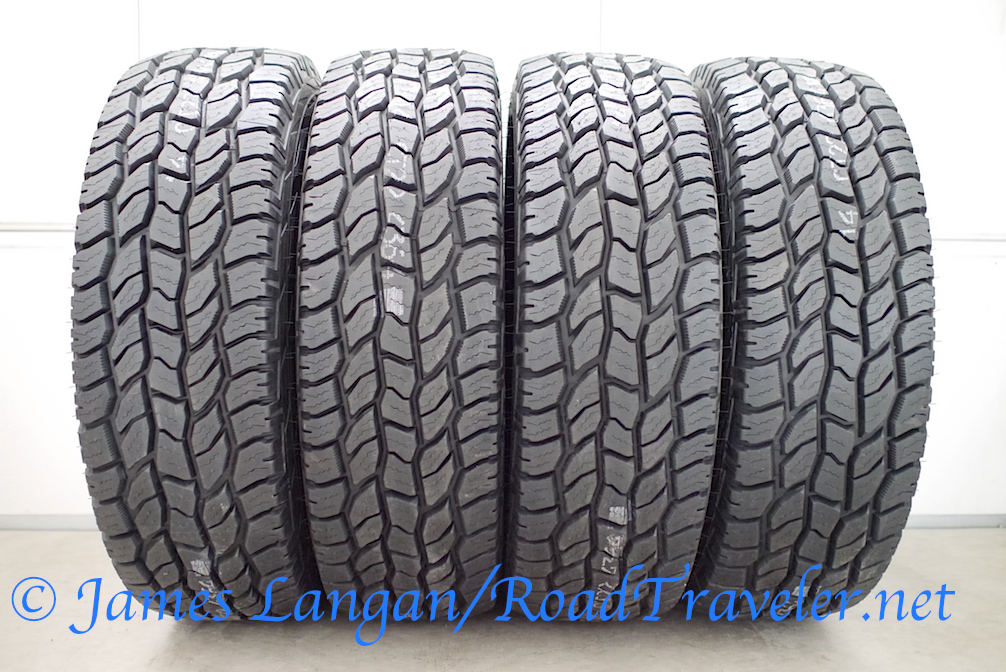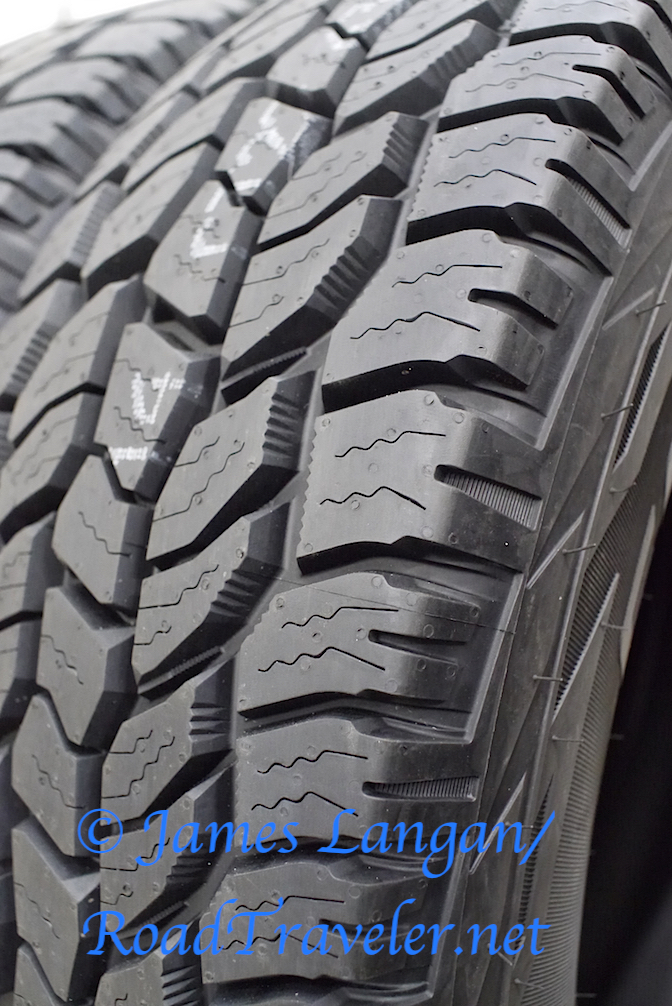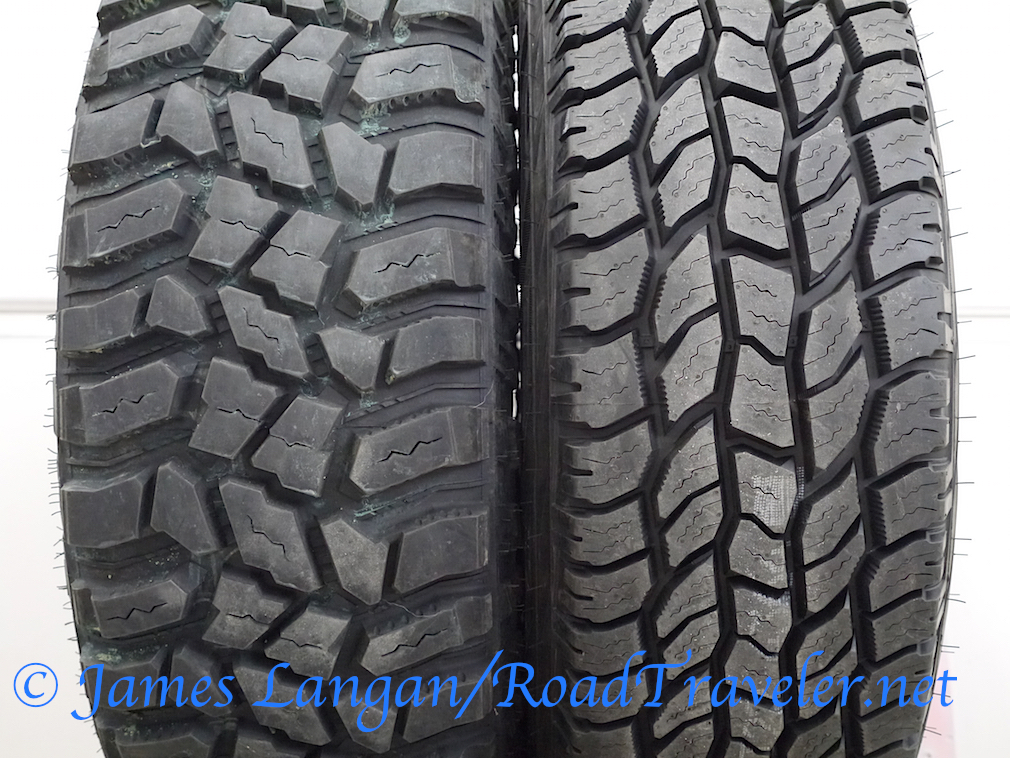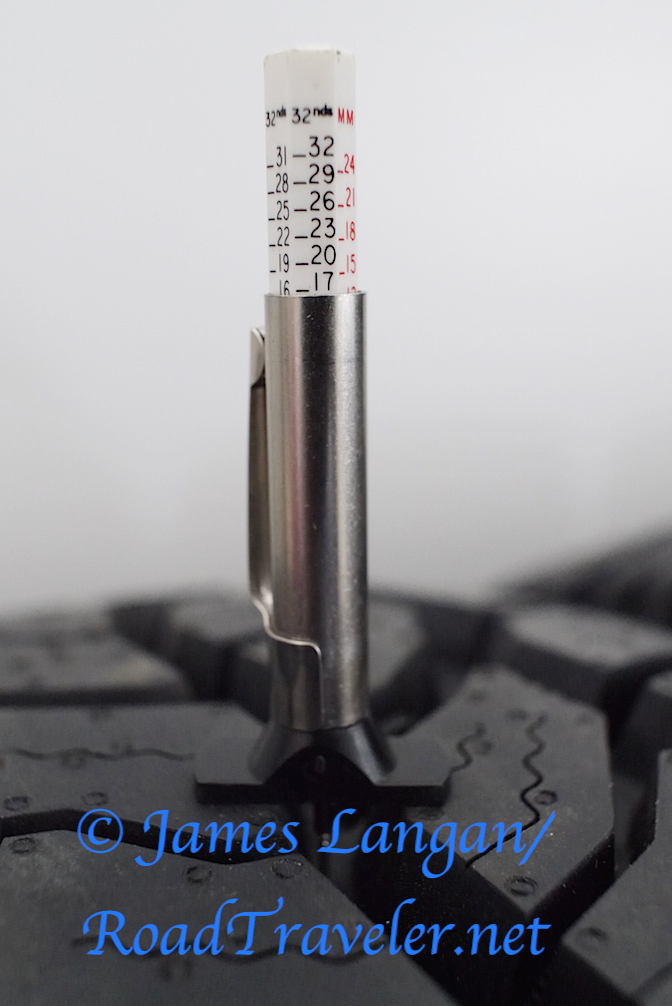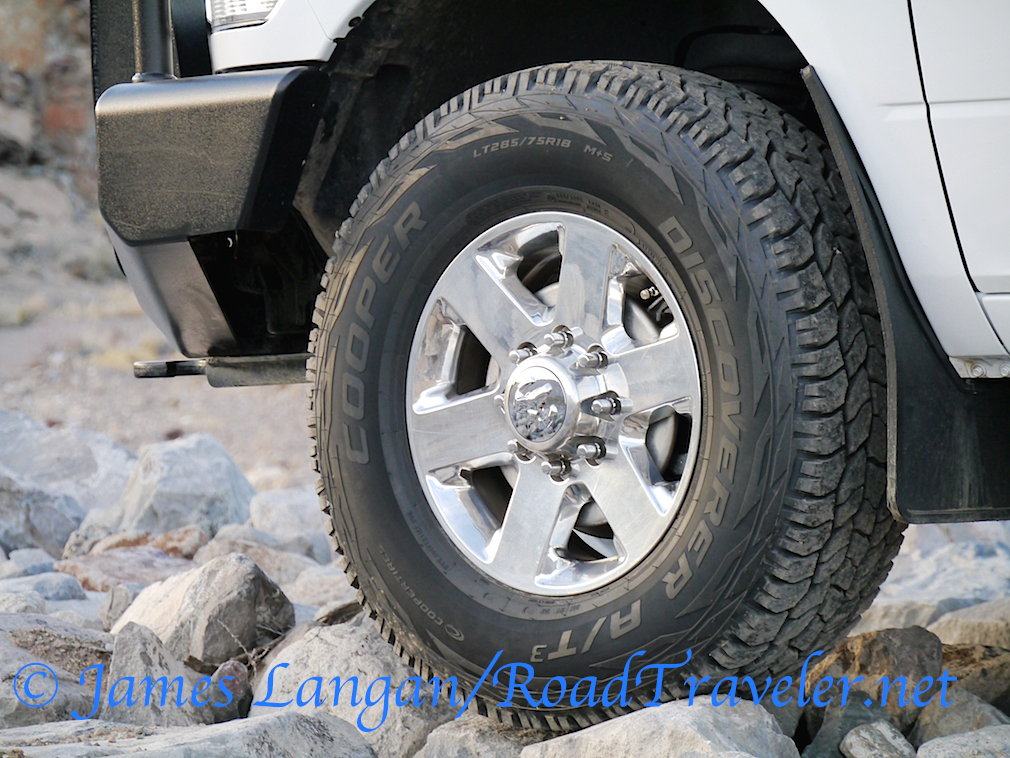This article was published in my Turbo Diesel Register column, Still Plays With Trucks, last quarter of 2017. Dodge/Ram pickups were used for the examples, but the fundamentals are the same, regardless of the car or light-truck brand.
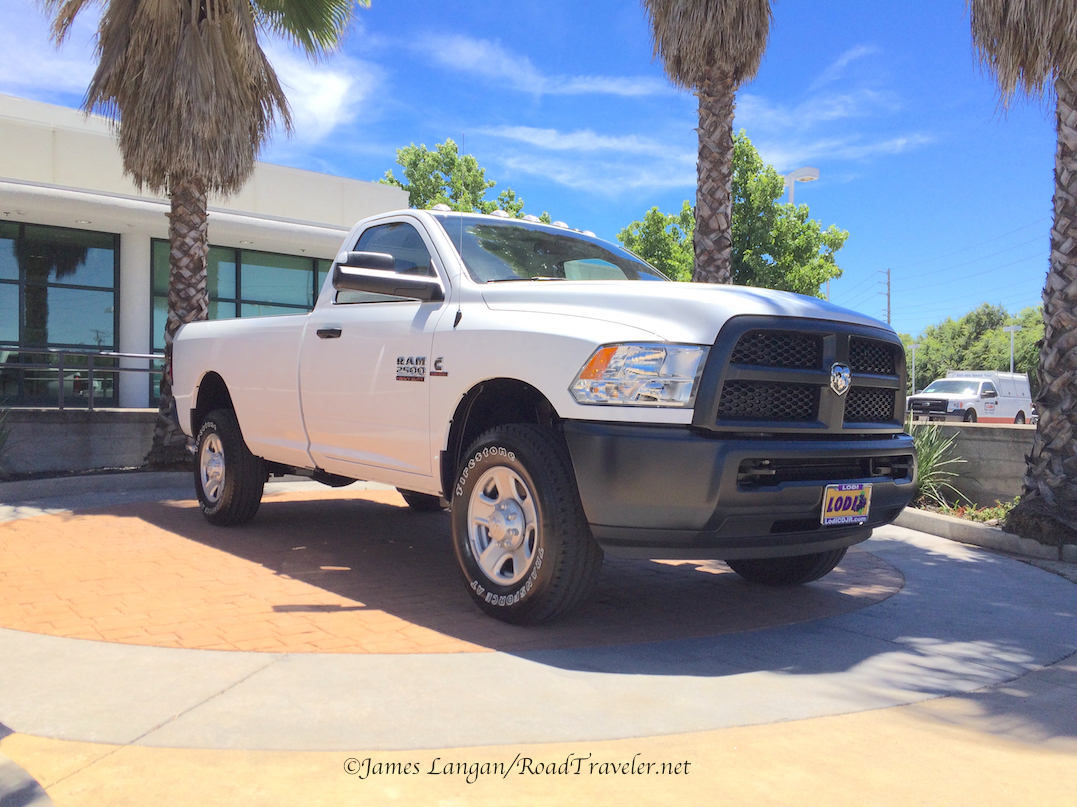
Sticker Shock?
Editor Patton shared that there is occasional, maybe even constant, grumbling from some readers about the cost of new trucks. Of course finances are a private matter, and certain folks have more money and/or better credit opportunities than others, but my perspective is that of a working-man. For 37 years I’ve held blue-collar, tradesman, or professional jobs, and my current vocation, journalism, is judged as a meager living for most if it’s their sole source of income.
One popular (and likely true) statement is that new trucks cost as much than some folk’s first houses. There are possible retorts: bet their current house is valued much higher than their first; the first home had fewer appliances and gadgets; new(er) trucks have more stuff than older luxury cars.
Even in 1996, I would rather drive my new F-350 on long trips than the 1979 Mercedes-Benz 300SD we also owned, my wife’s daily driver at the time. Time marches on, whether we like it or not, newer machines are often nicer.
It’s not news that fancy trims and optional features cost money, both in houses and vehicles; if we want extra gadgets and bling we will have to pay for them. That said, is a new Ram Tradesman really out of the question? Should we reconsider what we require and value?
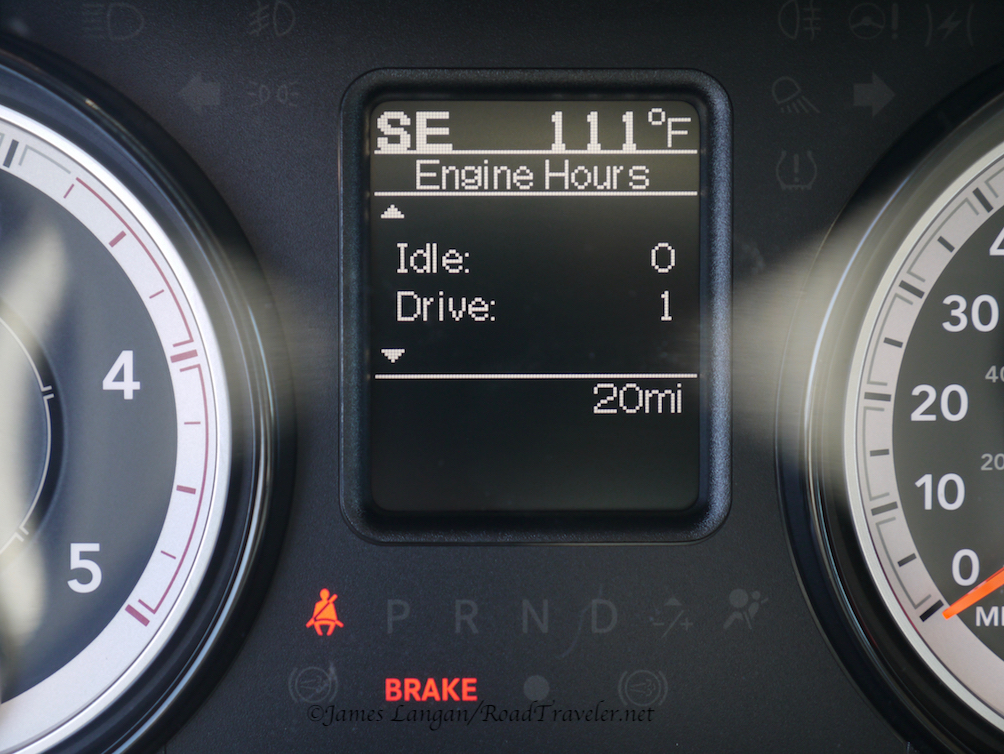
Consider a Tradesman
Since rejoining the TDR staff three years ago, I’ve shared that my 2014 Crew Cab Tradesman is impressively nice, not stripped in any historical sense of the word, and I like it just as much now after logging 50,000 miles. Top-of-the-line options two decades ago are standard on modern platforms. Need a specific example?
My 1996 Ford F-350 crew cab, with a 7.3L diesel, was an XLT, the highest trim offered by Ford at the time (brand doesn’t matter, they are comparable and competitive, then and now). It had power windows and locks, A/C, cruise control, cloth seats, carpeting, AM/FM cassette stereo, plus a couple of uncommon commercial features I ordered. The only notable items that F-350 was missing were keyless remote and an automatic transmission.
My 2014 Ram Tradesman has everything the ’96 Ford had (except the cassette player) plus satellite radio, an informative/interactive EVIC display, abundant torque and horsepower, an exhaust brake, stability and safety systems, higher GVWR/GCWR, rides better empty and loaded, is quieter inside and out, more comfortable, has much longer service intervals, etc. The F-350 cost me $30,000, which was $500 over dealer invoice, not including taxes or registration.
Using a consumer price index (CPI) calculator to adjust for inflation, $30k in May 1996 is equivalent to $45,600 in June 2014 and $46,900 in June 2017, months when I bought new Rams. Interestingly, I didn’t have to pay that much for either of them. I actually paid thousands less for both. Want to know how I did it? First let’s compare apples and pears.
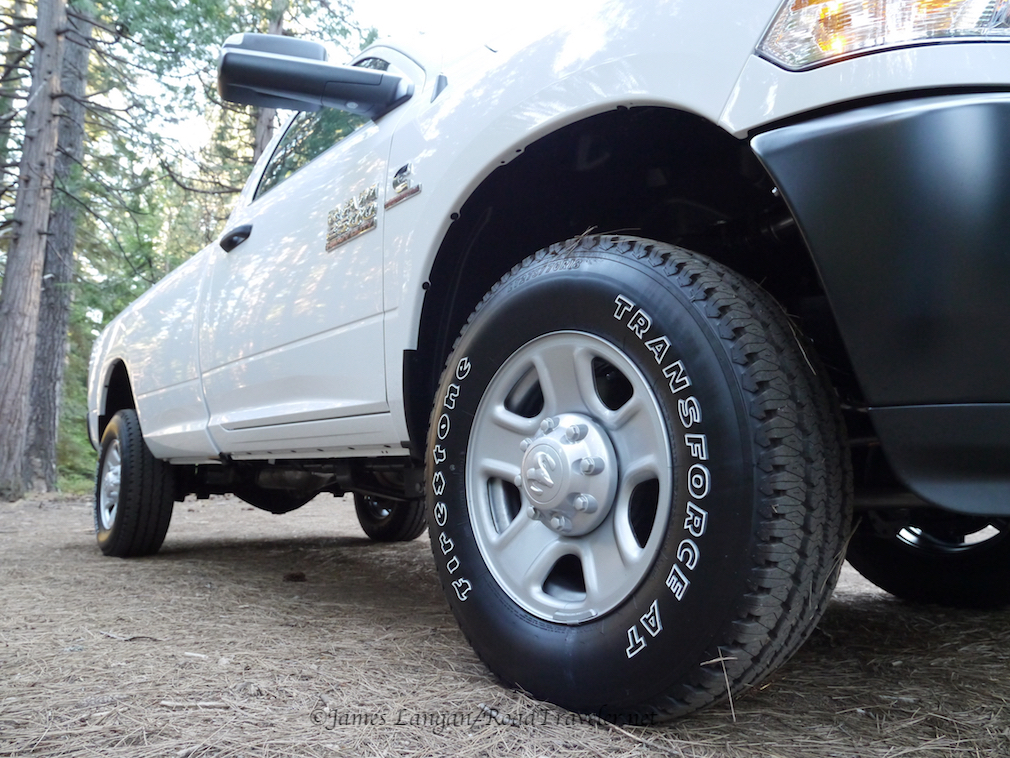
2017 Ram Cummins 2500 4×4 6.4’ Box
Regardless of the moniker on the side, a Tradesman drives as well as a Laramie, the chassis is the same. Seating, a few ergonomics, and other high-end features may differ, and everyone must decide for themselves if they want, need, or require those extras and are willing to pay for them. Some things, like seats, can be upgraded after a purchase. It’s easy to say fancy trucks are expensive, but how big are the steps between models?
There is nothing like a graph or table to drive-home a point. In August 2017, using my local Nevada zip code and NADAGuides.com, I researched the base Invoice and MSRP prices for six 2017 Ram 2500s. All were 4WD crew cabs with a 6.4-foot box. To show the raw difference between trims, only one option was added to each truck, the expensive 6.7L Cummins engine that TDR readers care about. According to NADA, a manual transmission is still standard up through a Laramie, but good luck finding one on a dealer’s lot if that’s what you prefer. Longhorns and Limiteds are only made with the 68RFE tranny. (Ram no longer offers a manual transmission heavy-duty truck.) All figures include the $1,395 destination fee that FCA charges for delivery. If you start banging on a calculator, it’s interesting to see how much extra the luxury cost. From a Tradesman to a Laramie there is an MSRP jump of $11,800, then another $10,430 for a Limited. Is a Limited $22,000 nicer than a Tradesman? For some folks the answer is a resounding yes. Others may decide they’d rather spend that $22k on other toys or upgrades, or maybe not at all.
Table One
| ’17 Ram 2500 CC 4×4 6.4’ | Invoice | MSRP |
| Tradesman | $46,069 | $49,140 |
| SLT | $50,633 | $54,240 |
| Bighorn | $52,297 | $56,120 |
| Laramie | $56,622 | $60,940 |
| Longhorn | $62,647 | $67,670 |
| Limited | $65,922 | $71,370 |
Learn How To Buy A New Vehicle
Obviously a Tradesman costs much less than a Limited, but you can purchase almost any new car or truck for much less than MSRP. It’s not easy to put decades of experience into an article, and some things are difficult to teach from afar, but this is my crash course. The goal is to buy a new vehicle for a low price, quickly, and with limited hassles. It helps if you have experience and confidence, but there is only one way to get those, you have to earn them.
Supply And Demand & Other Fundamentals
The economic laws of supply and demand are real. Some stores may be willing to sell a particular machine for much less than a similar one for a variety of reasons, including the time they have been making payments on it (flooring), the model, and how hard it might be to procure a replacement. Generally, it’s much easier to negotiate a low price for a new rig because the dealer’s invoice, essentially their cost (read on), is readily available. Negotiating for used cars is trickier because the investment is not published, and they are not going to share that information to make your job easier.
Unless you are paying cash, or bringing a check from your bank or credit union, financing options and/or trade-ins may complicate and affect any negotiation. People who think they are going to buy a new vehicle for an extremely low number, while also getting top dollar for a trade-in, are only fooling themselves. It ain’t goin’ to happen. If you insist on a high trade-in value (dealers will rarely pay more than wholesale book) those monies will be made up elsewhere, likely in the price of the new machine. That is why knowing in advance how you are going to pay for your new ride, and whether or not you have a trade, is important to all involved, before getting down to the nitty gritty.
Invoice Not MSRP
Many people negotiate from MSRP down. That is wrong. You should work from invoice, up or down. Invoice prices are online, you just need to insure you have every order code selected, or deleted, so you are comparing the same exact model with the same options. When you feel conformable you can ask for the invoice, politely and with confidence. People do it everyday.
Cost not payments. You should focus on the cost instead of your payment. The payments will always be lower for a given term and interest rate if you finance less. That math can and should be done, but talking about payments is the wrong way to negotiate, similar to working down from MSRP. If you have money and/or excellent credit, you are in the driver’s seat. Once you realize that and learn how to navigate the waters of car buying, it will become fun or at least less hassle.
Long distance helps. Do your negotiations over the telephone or by email when possible. Knowing the vehicle you might want, when, and how you are going to pay for it, puts you in a strong position, and should greatly simplify and accelerate the processes. I’ve located my last four new 4WDs online, either using the manufacturer’s or dealership’s online search engine. Other sites work well too. Once located, I call (or email), speak with a manger who has authority to set a price (sometimes you must talk with a salesperson), introduce myself, state where I’m calling from, the exact vehicle I’m considering (stock number or VIN), and discuss the terms of the possible sale. For the inexperienced, $500 over invoice is often a good place to start. With experience this can take just a few minutes.
17 Ram 2500 window sticker copy
Negotiating over the telephone (or email) can help many make better decisions. Not being on a car lot can prevent impulsive action. Be an intelligent, calculating shopper, not an emotional one. You can be thrilled or excited, but this is a business transaction. Save the happy dance for later. A few dealerships won’t discuss pricing over the telephone. That’s fine, others will, don’t waste your time.Willingness to travel increases the opportunities to negotiate and the selection of rigs that might fit your criteria.
It’s very simple to make a deal slightly above or below invoice, not including any rebates, if you remove the complexity of a trade-in. Manufacturer rebates are yours to apply to the transaction, and it’s helpful to remember the obvious, that they come from the manufacturer not the seller. Negotiate your price without them, they will come off the bottom line, later, after an agreement is reached.
When it gets close to the end, and you have most of the figures compiled, be sure to inquire about the document fee (doc fee). One might argue that this is an example of the seller charging you for their cost of doing business, and in a sense that’s true. However, doc fees are not going away, and some are reasonable, like under $100. Others are hundreds and seem ridiculous. Many states regulate the maximum fee for this service. If the doc fee is too high, you don’t have to trade with that store, but remember to step back and view the big picture. A high doc fee may be acceptable because of the price you negotiated.
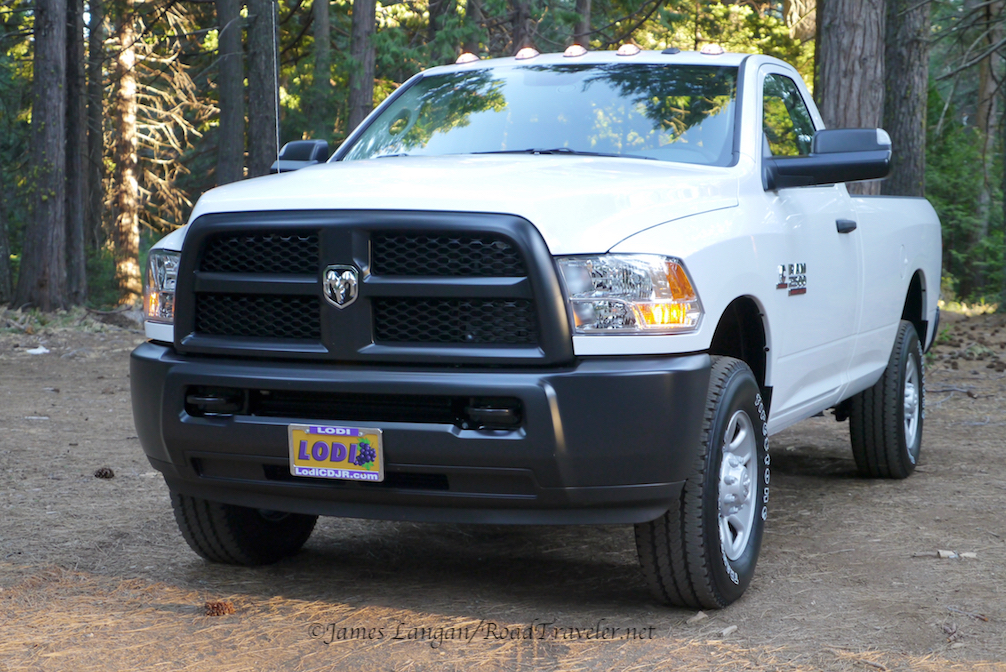
Dealer Holdback, Profit, And Commissions
Dealer holdback, or just holdback, is essentially a rebate for the franchise from the manufacturer that is built into the pricing. Depending on the brand it may be a percentage of the MSRP or invoice price or even a flat dollar amount. You will not see it listed on NADA or Kelly Blue Book, but it’s in there. If you are allowed to see or are given a copy of the actual document during your negotiations, and know where to look, you may see the number or be able to calculate the figure. The intent of holdback is to inflate the apparent dealership cost, help offset sales commissions, and increase profits overall.
Holdback is considered off limits during most negotiations, but again supply and demand are factors, as is your car-buying expertise. Understanding holdback helps explain how stores can sell cars at, or below invoice, and still turn a small profit to stay in business. When you find a truck advertised for an extremely low price, the dealership may need to move that specific vehicle and are willing to dig into or go below their holdback.
Typically automotive salespersons are paid a commission, often 25–30% of the profit, which is generally defined as the difference between dealer invoice and the selling price above invoice. If you are able to buy a new truck for $500 over (aka a nickel over), the salesman’s 25% commission is $125. That’s not much for the amount of time and effort involved, and sometimes days pass without a single sale. Of course, if you pay MSRP (or more) for a Limited, the commission may be over $1,300. One way to compensate for smaller commissions is with higher sales volume, and this is actually the business model for certain franchises.
There are many variables, and some sales are very profitable, but several dealerships operate on lower profit margins these days. For an example of a low profit sale, let’s use the SLT listed in Table One. One-percent above the $50,633 invoice number is a mere $506. That’s a fantastic price for a buyer but not much for the seller or salesman. There may be other dealership incentives and promotions from the manufacturer, like monthly, quarterly, and yearly sales competitions, but those extras don’t always materialize and can’t be counted on to sustain the business.
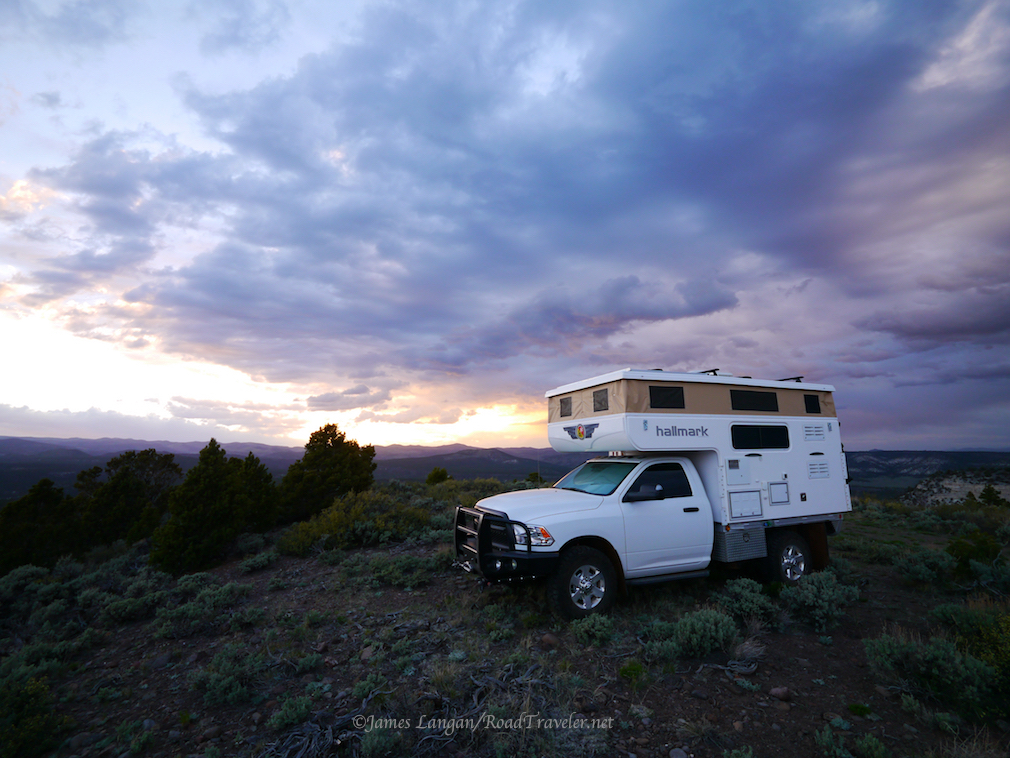
Extended Warranties and Service Contracts
Warranty and service contracts are typically sold by the finance and insurance (F&I) department; they are also subject to negotiation. The problem is, like with used cars, you don’t know the cost, and generally there is a fair amount of profit in these contracts. Even when folks negotiate a good deal on a new rig, they may be worn down by the time they get to the F&I office where the actual purchase paperwork is completed. If you say no thanks, similar contracts may be offered later.
These are reasonable and desirable services for many, as they don’t want to maintain or repair their own vehicles. If anything fails, they want to take it to their local store and want it covered. Cool, but read the fine print, there are always a few (or several) exclusions, less with the more expensive policies. If you prefer to work only with a dealership, and many do, then buying a manufacturer-supported contract may be for you. If not, credit unions sell similar products, typically at much lower prices.
Want my take? I never purchase these services, but I also do most of my own work, make modifications that could cause a warranty claim to be rejected, and generally have vehicles paid-off before the standard warranty expires. I have a friend that has bought a few nice used cars, always gets an extended warranty through his credit union and has needed them for major things, including a transmission. There are two sides to every coin, and it’s your call.
Additional Sense About Dollars
Since 2006, I’ve bought four new 4WDs, two Toyotas and two Rams. The 2011 Tundra cost me $800 over invoice, because of less supply and more demand. Eight-hundred over is not a bad price, and many would do well to make a similar deal, particularly if negotiated quickly and easily over the telephone. The $3,000 in manufacturer rebates came off the bottom line, essentially covering the sales tax. The other three were between $500 and thousands under invoice, supply and demand mattered. You must put in the legwork; there are bargains to be had, and rebate incentives can be generous. Consider a Tradesman; if you want a fancier truck, you might be able to get one for much less than you thought, maybe just slightly above invoice. Good luck and enjoy your new ride.
James Langan
Copyright James Langan/RoadTraveler/Turbo Diesel Register. All Rights Reserved.
A version of this article was also published in the Turbo Diesel Register magazine.
